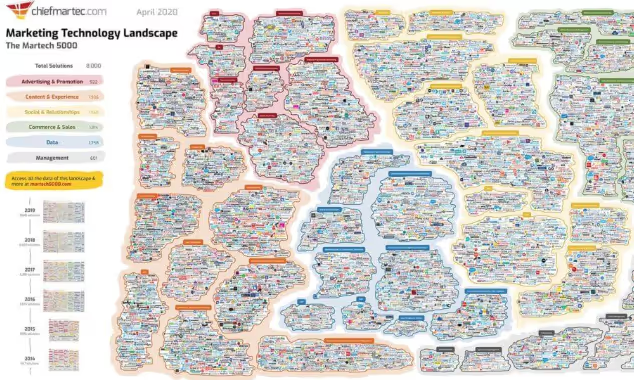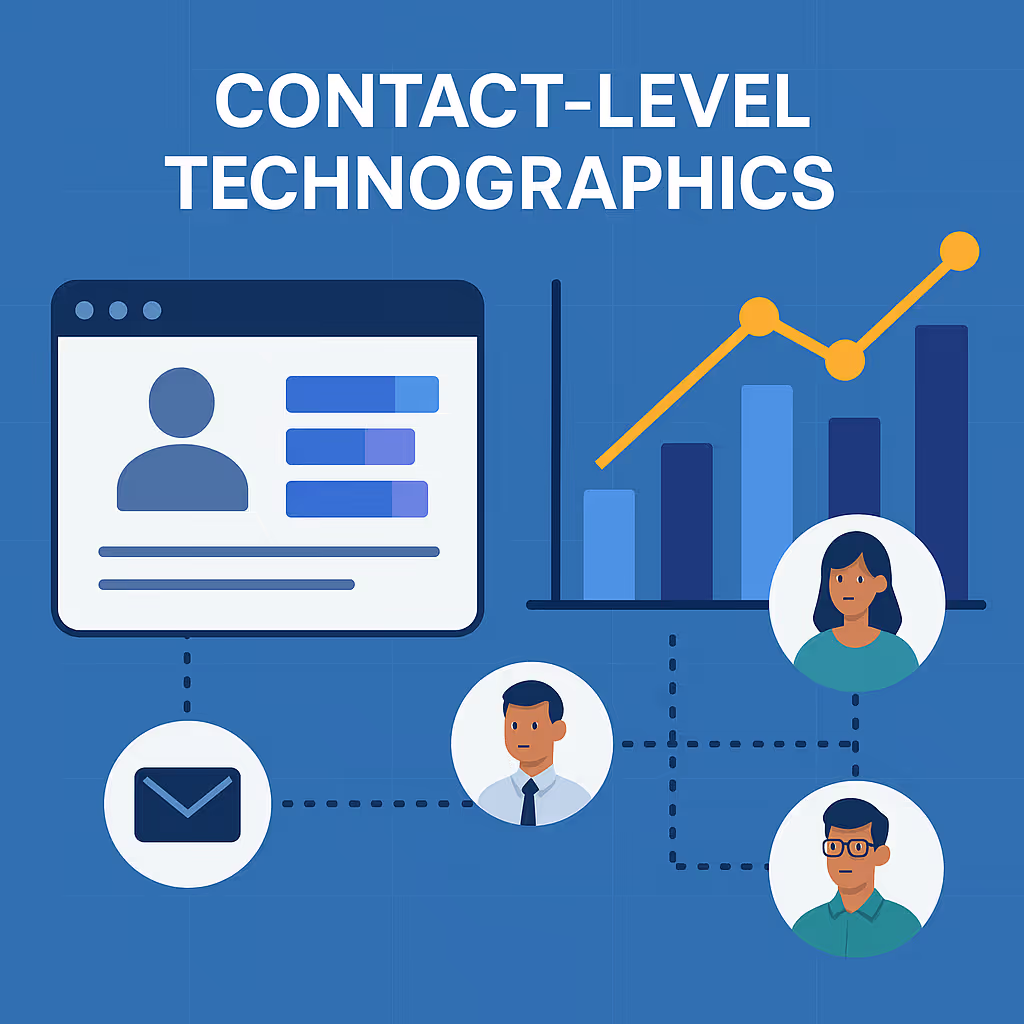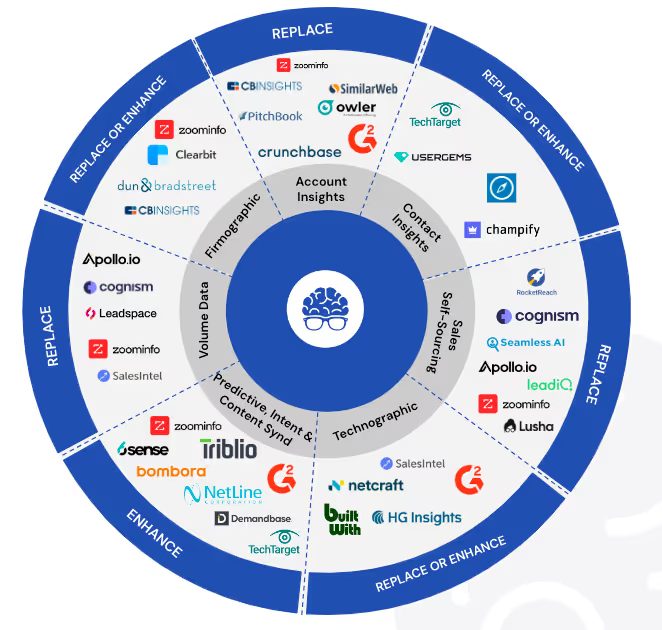The Fallacy of the Vendor Evaluation
Most vendor evaluations start with a spreadsheet and end with buyer’s remorse.
It’s a process optimized for comparison, not collaboration: columns for features, checkboxes for integrations, and a pricing column that always wins the argument. But data isn’t a commodity—it’s a living system that either grows with your business or quietly calcifies behind it.
The irony is that by the time a “winner” is chosen, the world has already shifted. Your ICP evolved. Your product repositioned. Your territories realigned. And the “perfect vendor” you chose six months ago is suddenly solving yesterday’s problem.
The problem isn’t that teams pick the wrong vendor. It’s that they’re looking for a vendor at all.
The Co-Development Era of Data
The next generation of GTM success stories won’t come from static datasets or even great enrichment tools—they’ll come from co-developed data models.
LeadGenius calls this the Co-Development Model, and it represents a fundamental shift: data isn’t delivered, it’s co-created.
In this model, your GTM strategy and your data provider exist in a feedback loop.
- Strategy informs sourcing.
- Sourcing informs targeting.
- Targeting informs pipeline insights.
- Pipeline insights refine strategy again.
It’s not a service—it’s an ecosystem. One that compounds in value as both sides learn.
This approach mirrors what’s happening in modern AI and automation circles: the best results come not from pre-trained models, but from fine-tuned systems continuously optimized on your own data. GTM data should work the same way—contextualized, iterative, and deeply embedded in your operational fabric.
Why This Is More True Now Than Ever
In 2025, data abundance has become data exhaustion.
Tools like ZoomInfo, Apollo, and even Clay have democratized access to raw data, but they’ve also flooded the market with sameness. Every team can pull the same signals, enrich the same contacts, and target the same titles. What was once an advantage is now noise.
The edge no longer comes from having data—it comes from shaping it.
Automation and no-code platforms have made it easy to connect data sources, but not to contextualize them. That’s the gap partnerships like LeadGenius fill: embedding humans and adaptive intelligence into the process to continuously reframe what “relevant” means as your business, your product, and your buyer evolve.
When data becomes collaborative, it stops being a cost center and starts being a competitive differentiator.
The Feedback Loop That Learns
In the industrial model of SaaS, a vendor hands you a product and steps away. In the adaptive model, your partner builds it with you—again and again.
That’s what the modern go-to-market engine demands: a relationship where insight and execution inform each other in real time.
The best data partners today don’t just enrich your records—they enrich your understanding of the market itself. They’re not vendors in your stack; they’re extensions of your strategy team.
Visual Concept: “The Data Partnership Flywheel”
A circular infographic labeled LeadGenius Partnership Loop, showing continuous motion through:
Strategy → Custom Sourcing → Enriched Targeting → Pipeline Insights → Strategy (again).
At the center: “This isn’t a vendor relationship—it’s a feedback system that learns.”
Closing Thought
The vendor era of B2B data is over.
The companies that will win the next decade aren’t the ones with the biggest tech stacks—they’re the ones who’ve turned their vendors into co-architects of growth.
Because in an age of infinite data, partnership—not procurement—is the last true moat.




